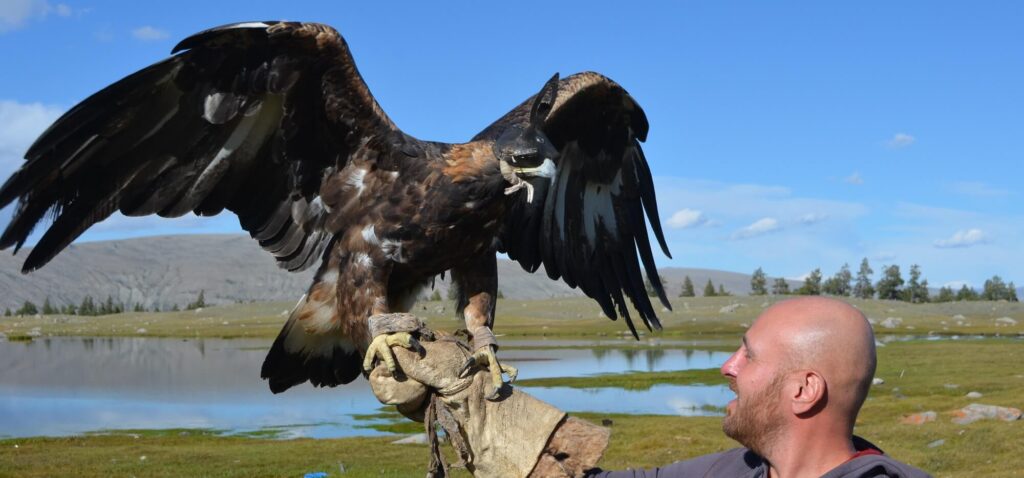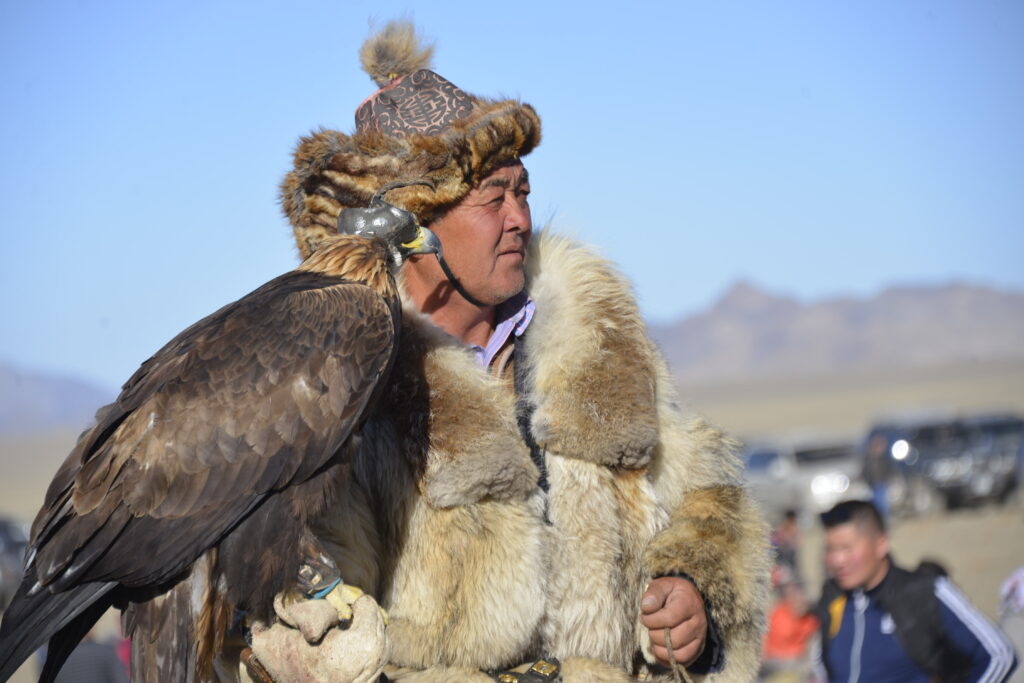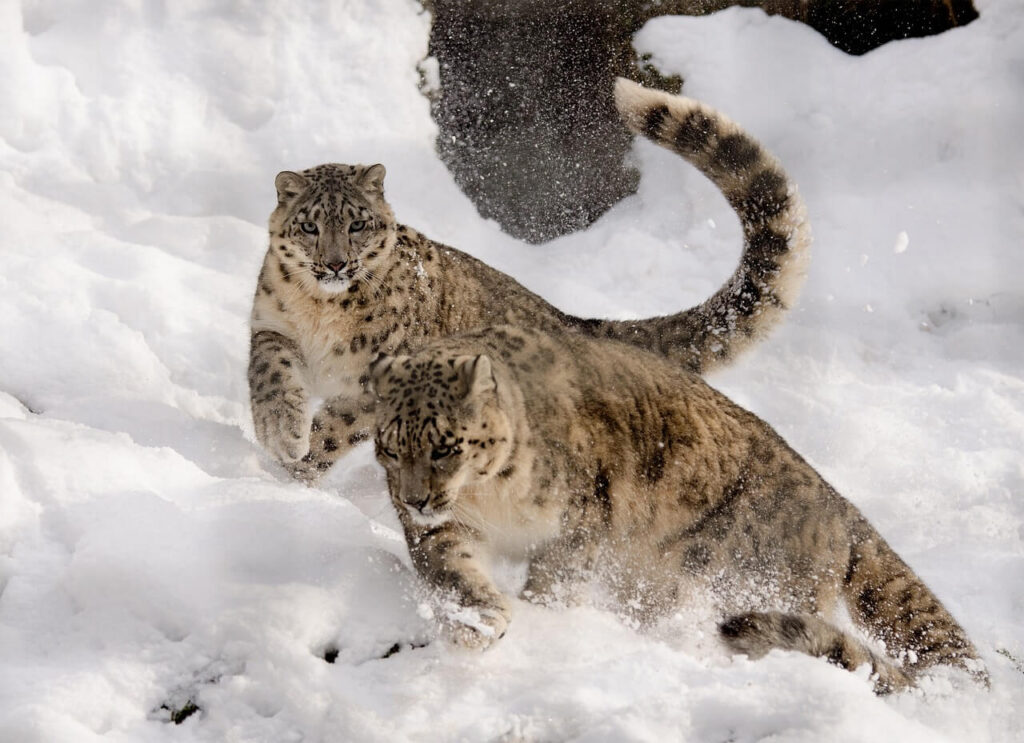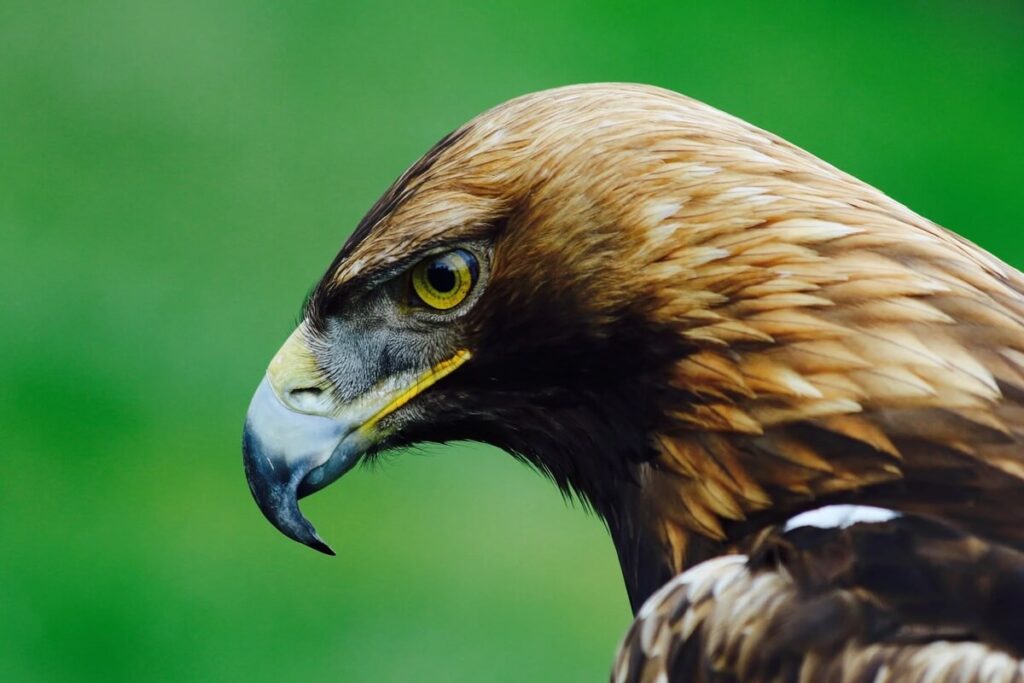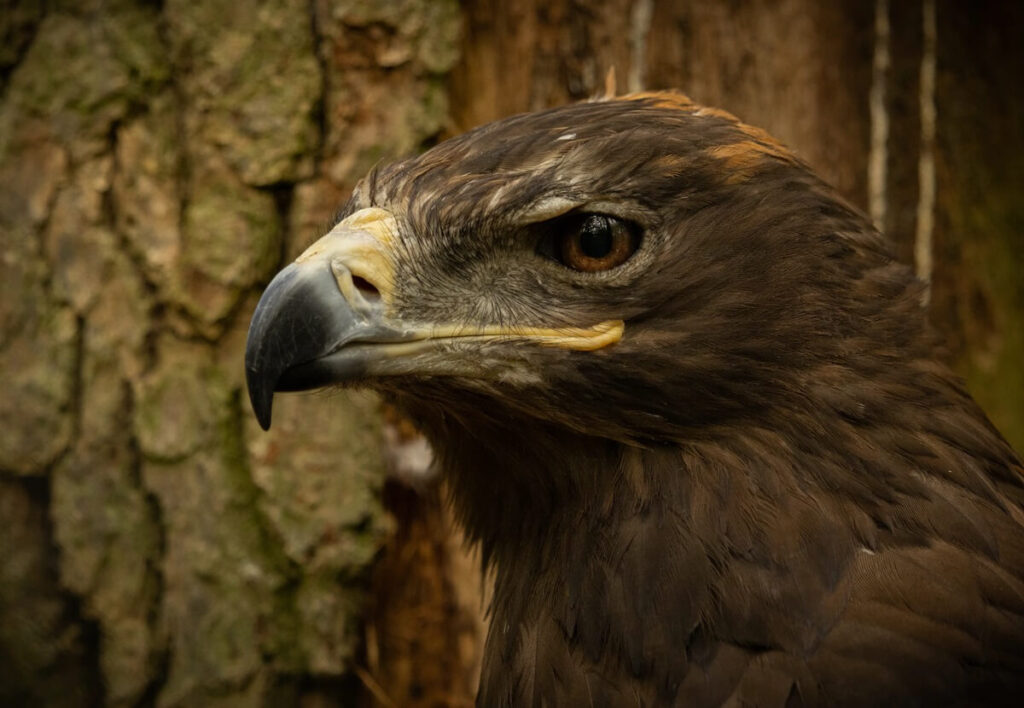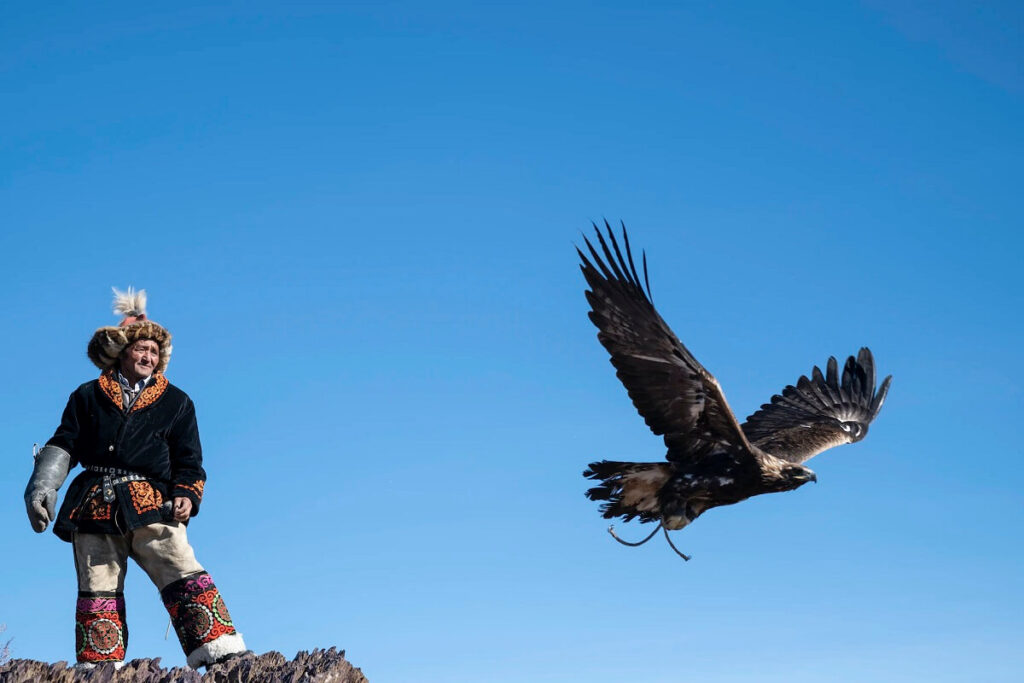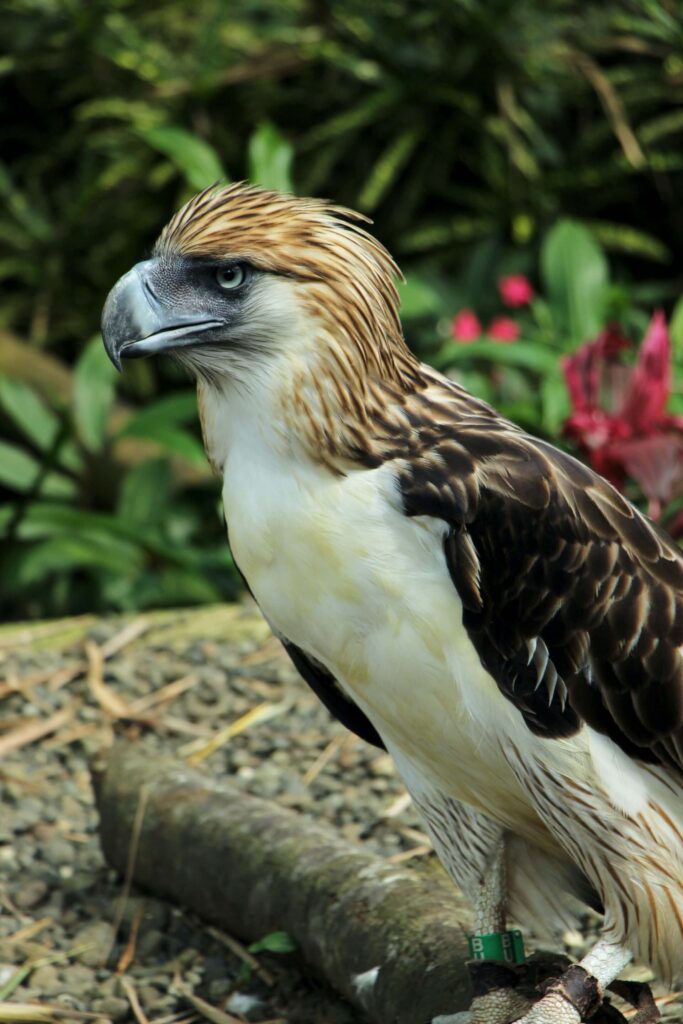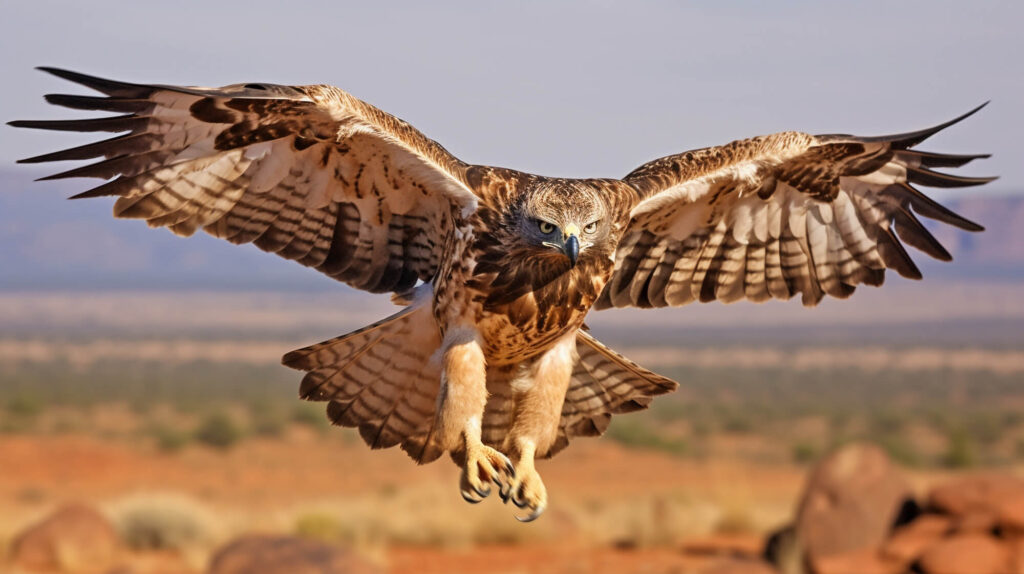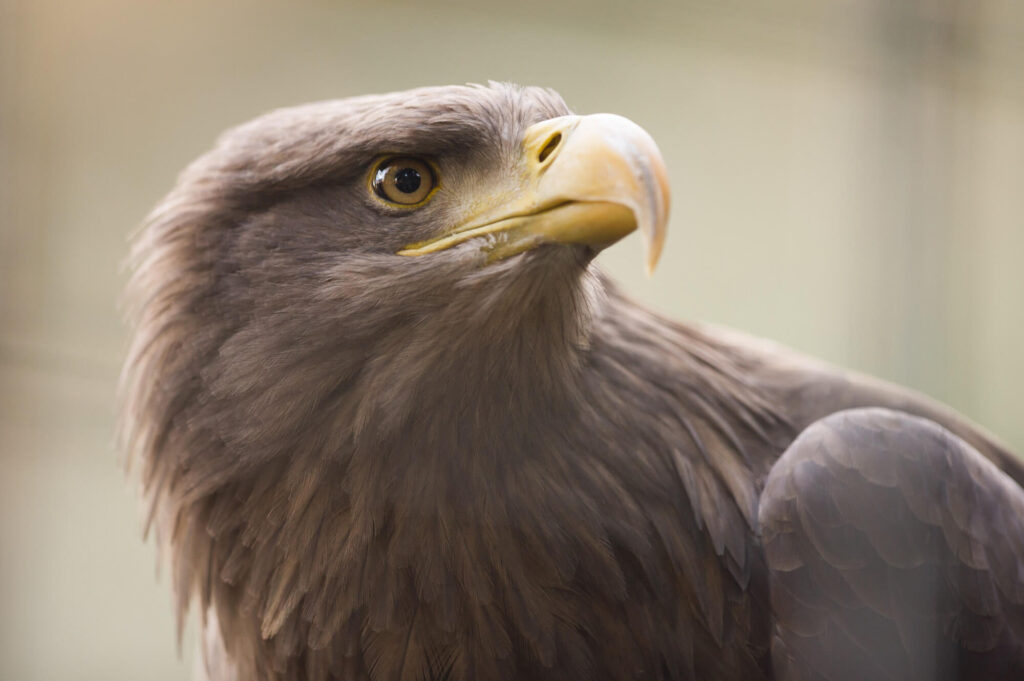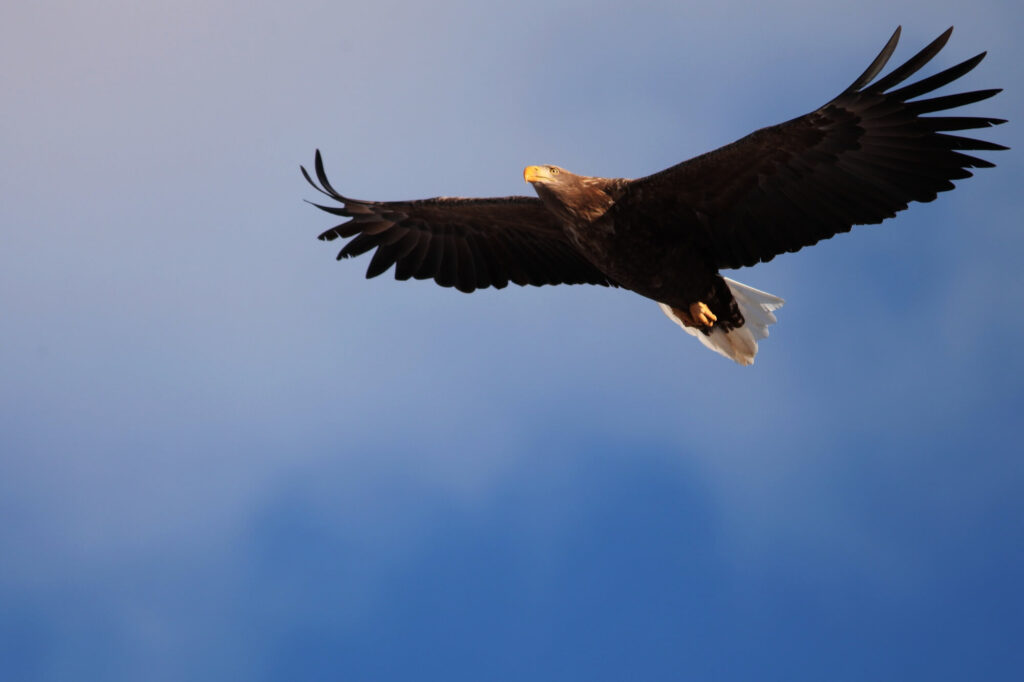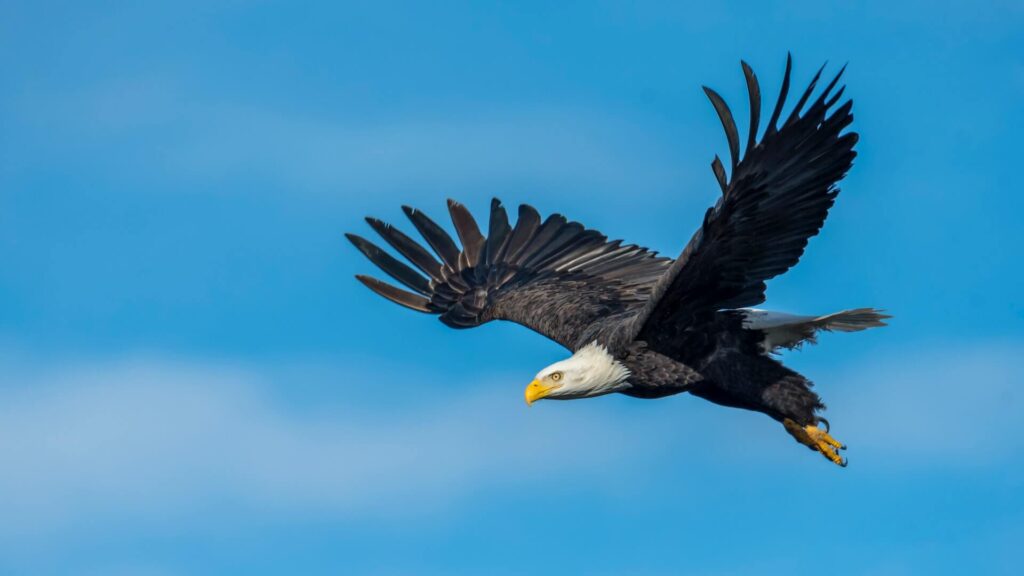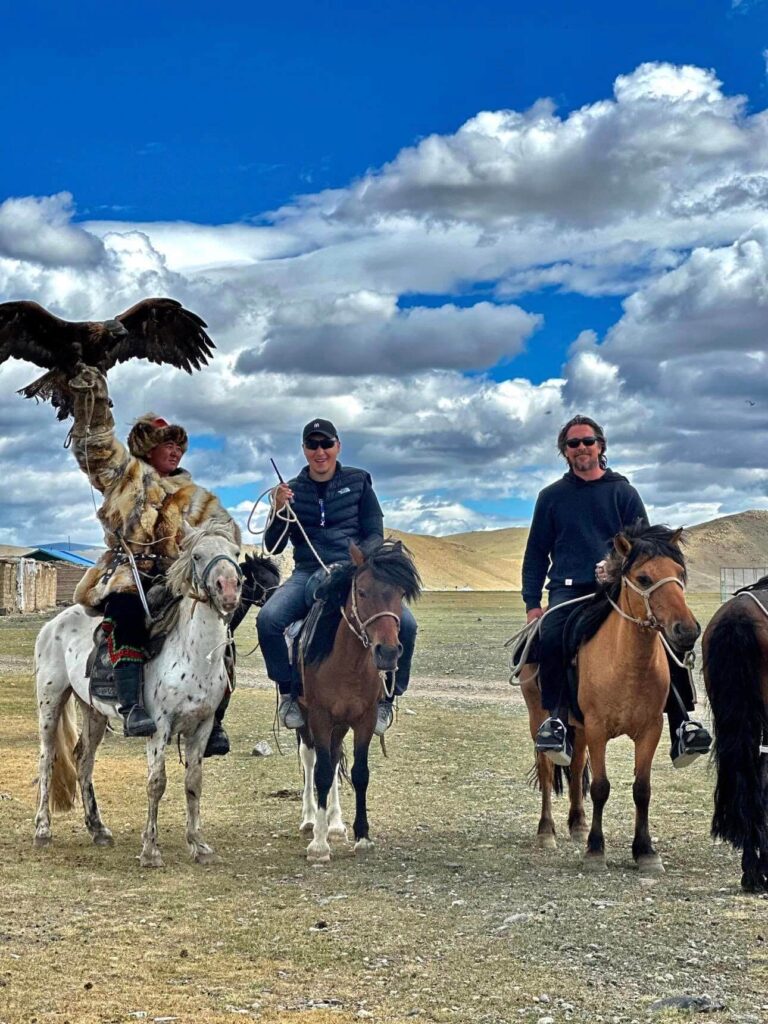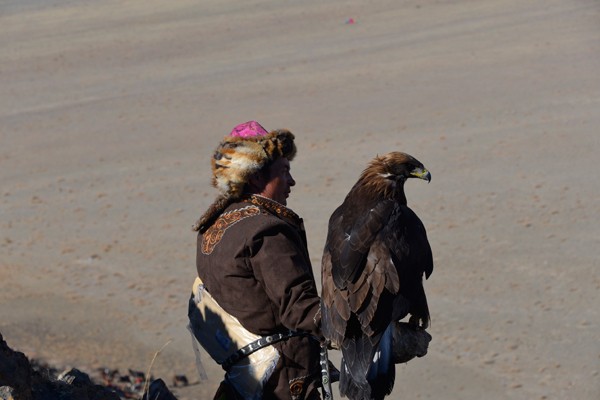Eagles reign supreme in the raptor kingdom, symbolizing power and majesty. Within this kingdom, two iconic eagles, the Harpy Eagle vs Bald Eagle, share the Accipitridae family but diverge notably in size, appearance, wingspan, habitat, diet, and conservation status.
We offer you GOLDEN EAGLE FESTIVAL PHOTOGRAPHY TOUR. Come and enjoy the stunning landscape that is covered with ancient mountains, rivers, and Mongolian history. Join us to watch a great festival with truly great hunters! 🤩🤩
The Harpy Eagle: Sovereign of Tropical Rainforests
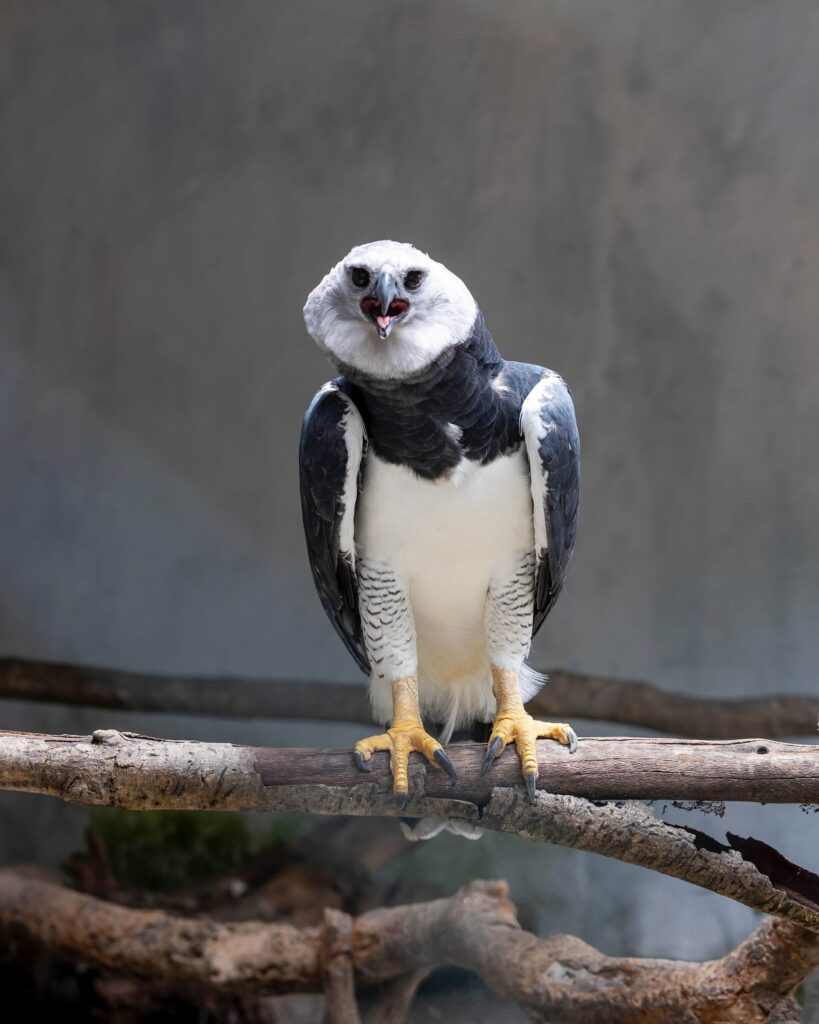
The Harpy Eagle (Harpia harpyja) is a formidable giant, earning its place among the world’s largest eagles. It thrives primarily in the dense tropical rainforests of Central and South America, concealed by the forest’s enigmatic allure due to its elusive nature.
It can weigh up to 20 pounds, measuring a maximum length of 40 inches, and is distinguished by a gray head, white body with black wings and breast, a black beak, and yellow feet.
These regal birds are adept hunters, specializing in tree-dwelling animals such as monkeys, sloths, squirrels, and possums. Their razor-sharp talons exert an astounding 1,000 pounds of pressure per square inch, empowering them to capture and carry off prey as heavy as themselves.
The Harpy Eagle holds cultural significance as a symbol of power and protection in indigenous cultures. Unfortunately, habitat loss and deforestation have led to its classification as “Near Threatened” on the IUCN Red List, prompting urgent conservation efforts to protect its rainforest home.
The Harpy Eagle’s striking double crest of feathers, which it raises when alarmed or excited, adds to its imposing and mythical appearance. With a wingspan of nearly 7 feet, it is surprisingly agile, maneuvering expertly through dense forests to ambush its prey.
These eagles are monogamous, forming lifelong bonds, and a pair raises only one chick every two to three years, dedicating months to its care and survival. Their nests, often built in the tallest trees, are massive structures that can be reused for generations.
As apex predators, Harpy Eagles play a critical role in maintaining ecological balance, regulating populations of arboreal mammals and ensuring forest health.
The Bald Eagle: Emblem of American Freedom
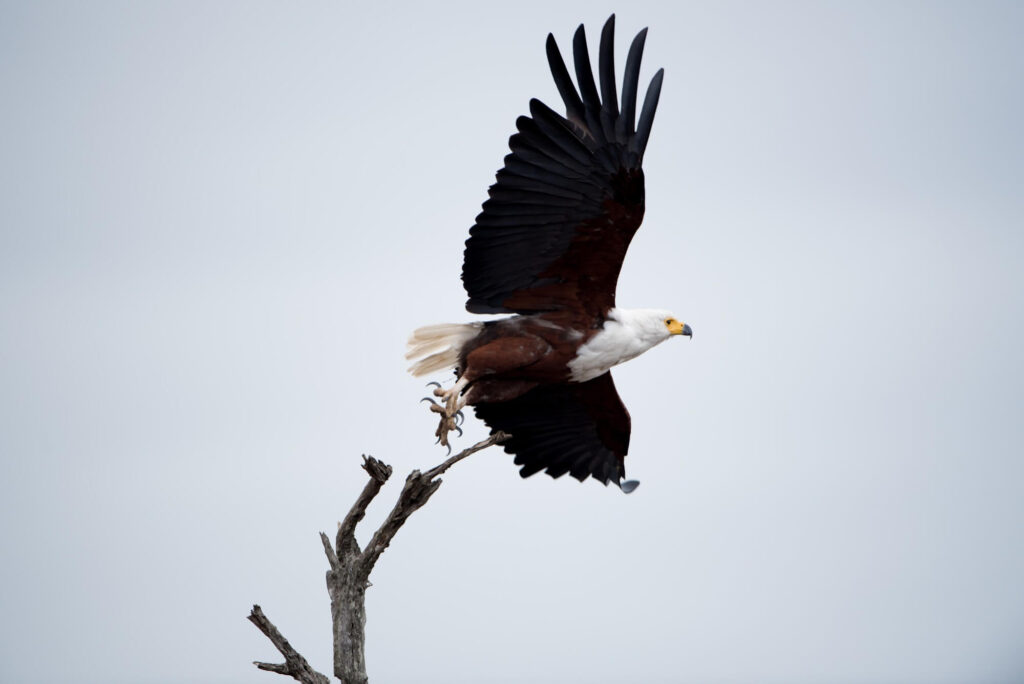
The Bald Eagle (Haliaeetus leucocephalus) is a beloved symbol of liberty in the United States, where it stands as the national bird and an embodiment of liberty. Bald Eagles predominantly inhabit North America, ranging from the northern expanses of Canada to the southern regions of Mexico.
These eagles are slightly smaller than their Harpy counterparts, with a maximum weight of 14 pounds and lengths ranging from 28 to 38 inches.
Bald Eagles are celebrated for their remarkable nests, perched high in towering trees near bodies of water. Their distinctive white head and tail feathers, set against a deep brown body, grant them instant recognition.
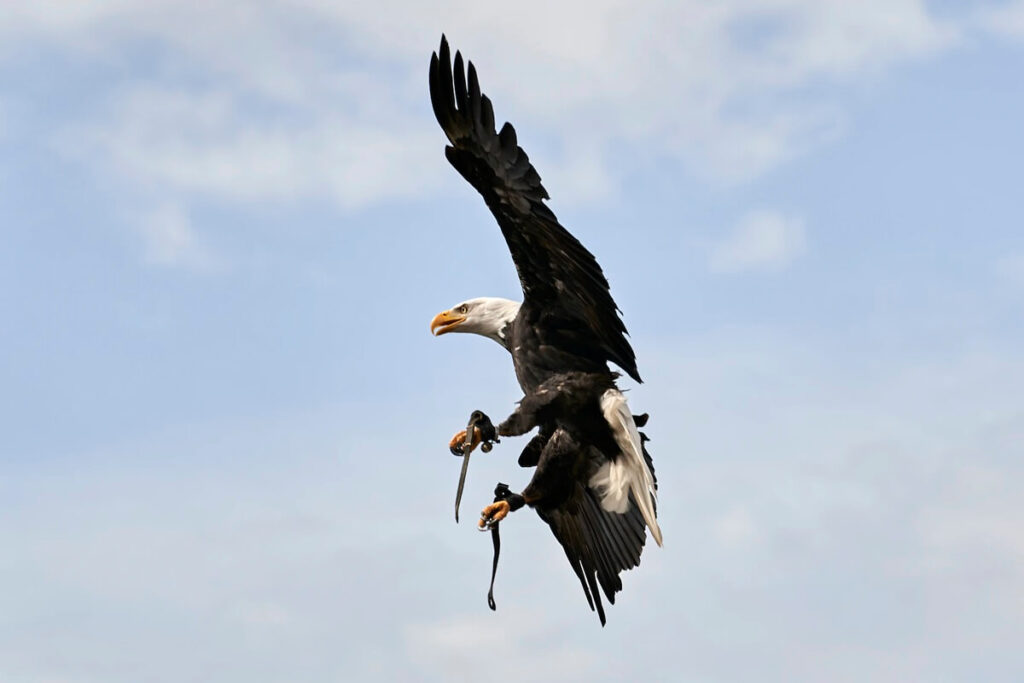
Their diet primarily centers on fish, as they expertly navigate the skies over bodies of water. This diet includes salmon and other freshwater fish, and on occasion, even saltwater fish when accessible.
Conservation endeavors in the United States have yielded noteworthy results in preserving the Bald Eagle population. The species has made a significant recovery, and in 2007, it was removed from the U.S. Endangered Species list, underscoring the effectiveness of environmental protection initiatives.
The Bald Eagle’s keen eyesight allows it to spot prey from great distances, making it one of nature’s most efficient hunters. Despite their majestic appearance, these eagles are opportunistic feeders, occasionally scavenging carrion or stealing food from other birds.
They are known for their impressive courtship displays, which include aerial acrobatics and locking talons mid-flight. As long-lived birds, Bald Eagles can survive up to 30 years in the wild, provided they thrive in a healthy and undisturbed habitat.
Comparative Analysis of Harpy Eagle vs Bald Eagle

Let’s examine these two remarkable eagles in several key aspects:
- Size and Appearance: Harpy Eagles surpass their counterparts in size and boast a striking gray head, white body with black wings and breast, a black beak, and vivid yellow feet, in contrast to Bald Eagles, which are slightly smaller and characterized by their white head and tail feathers against a dark brown body.
- Wingspan: Harpy Eagles exhibit a wingspan of up to 6.5 feet, while Bald Eagles range between 5 to 8 feet.
- Habitat: Harpy Eagles thrive within the lush tropical rainforests of Central and South America, while Bald Eagles are indigenous to North America and are frequently found in proximity to bodies of water.
- Diet: Harpy Eagles are primarily hunters of arboreal creatures such as monkeys, sloths, squirrels, and possums. In contrast, Bald Eagles are celebrated for their piscatorial prowess, with a primary diet of coastal and freshwater fish.
- Conservation Status: Harpy Eagles are currently categorized as “Near Threatened” due to habitat loss, whereas Bald Eagles hold the status of “Least Concern” in terms of conservation.
These iconic birds, with unique features and cultural importance, remind us of the rich diversity of nature and the essential role of conservation in protecting their habitats and existence.

